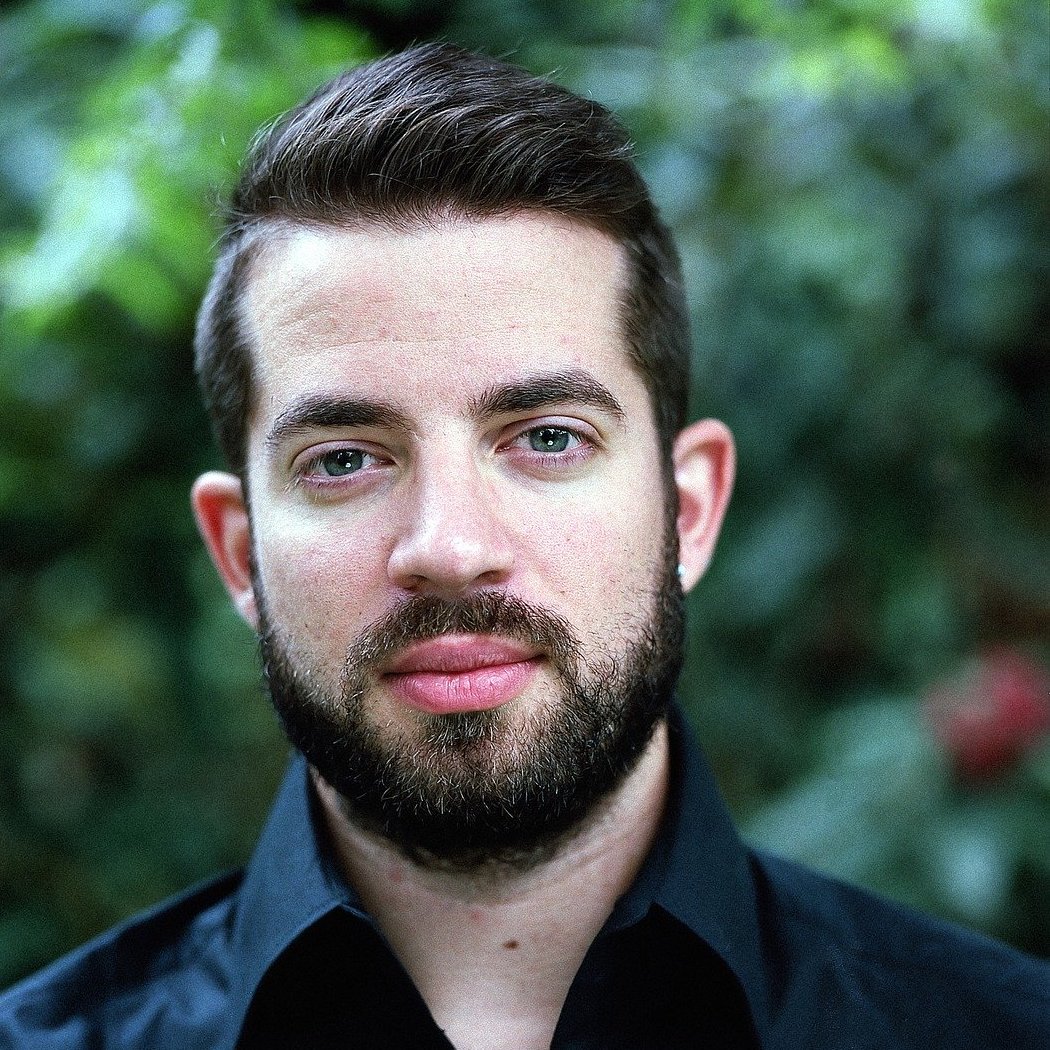Fitzgerald
An Author Profile

By Matt McKeown
Fun and unhappiness blend in a peculiar manner in Fitzgerald's work.
Though he died abruptly of a heart attack at only 44 years old, F. Scott Fitzgerald is among the most influential and celebrated novelists in American history. Along with writers like Ernest Hemingway, Ezra Pound, Gertrude Stein, and T. S. Eliot, Fitzgerald is classified as a member of the “Lost Generation”: a term coined by Stein (who claimed she got it from an auto mechanic in Paris), this signified the cohort that came of age during and after World War One, generally reputed to be cynical, rebellious, materialistic, and dissolute.
No one encapsulated this more perfectly than Fitzgerald (although Hemingway arguably equalled him in this respect). His first two novels, This Side of Paradise and The Beautiful and Damned, were both critical and commercial successes, and were both based closely upon the life that Fitzgerald actually led among the elites of New York and western Europe. (The former, his debut novel, helped him win the hand of his bride, Zelda Sayre, a trendsetting novelist and painter whom he dubbed “the first American flapper.”) Despite the institution of Prohibition in 1920, Fitzgerald’s characters—like the wealthy socialites of the historical New York—drink heavily, and Fitzgerald had something of a reputation for writing while under the influence of alcohol, if not still more exotic substances.
"Look here, old sport," he broke out surprisingly. "What's your opinion of me anyhow?"
A little overwhelmed, I began the generalized evasions which that question deserves.F. Scott Fitzgerald, The Great Gatsby
Earned or not, the reputation followed his most famous novel in particular. The Great Gatsby sold very poorly on its initial release in 1925; it was not until World War Two, when free copies were distributed to American soldiers for their entertainment (a tactic which also propelled Captain America to his first successes), that the book gained popular traction. It has since become a standard element of American high school curricula, has been adapted for both stage and screen multiple times, and is one of the main contenders for the title of “the great American novel”—To Kill a Mockingbird being, perhaps, its principal rival.
Gatsby‘s depiction of New York in the Roaring Twenties succeeds literarily for two main reasons. The first is simply that depictions of lavish parties and people enjoying themselves, even in dubiously moral ways, are fun to read. Call it wish fulfillment if you like, though that has an air of dismissal that is perhaps unfair; taking pleasure in other people having fun (real or fictional) is a natural aspect of the human gregarious impulse.
But the second is almost the reverse of the first. The Great Gatsby is, after all, a tragedy, for nearly all its characters; betrayal, death, guilt, and heartbreak dominate the conclusion of the story. Gatsby himself, the center and cause of most of the parties in the book, is ironically probably the character having the least fun throughout, thanks to his frustrated love affair with Daisy—in which we feel the irony of the Jazz Age itself. Its pleasures often appear more in the character of a distraction from misery or self-reflection, or both, than as a real enjoyment of things for their own sake. The Great Gatsby explores, and thus disposes of, the logic of cynical hedonism as self-defeating. Perhaps the novel did poorly at first because its first audience did not appreciate seeing such an unflattering reflection of themselves; but this unflinching honesty lies at the root of all the best art.
___________________________________________________________________________________
Every week, we publish a profile of one of the figures from the CLT author bank. For an introduction to classic authors, see our guest post from Keith Nix, founder of the Veritas School in Richmond, VA.
If you enjoyed this post, take a look at some of our other material here at the Journal, like these author profiles of Benjamin Franklin and Martin Luther or this discussion of the concept of work. And don’t miss our weekly podcast, Anchored, where our founder Jeremy Tate sits down with leading intellectuals to discuss issues of education, policy, and culture.
Page image of the first edition cover, painted by Francis Cugat.